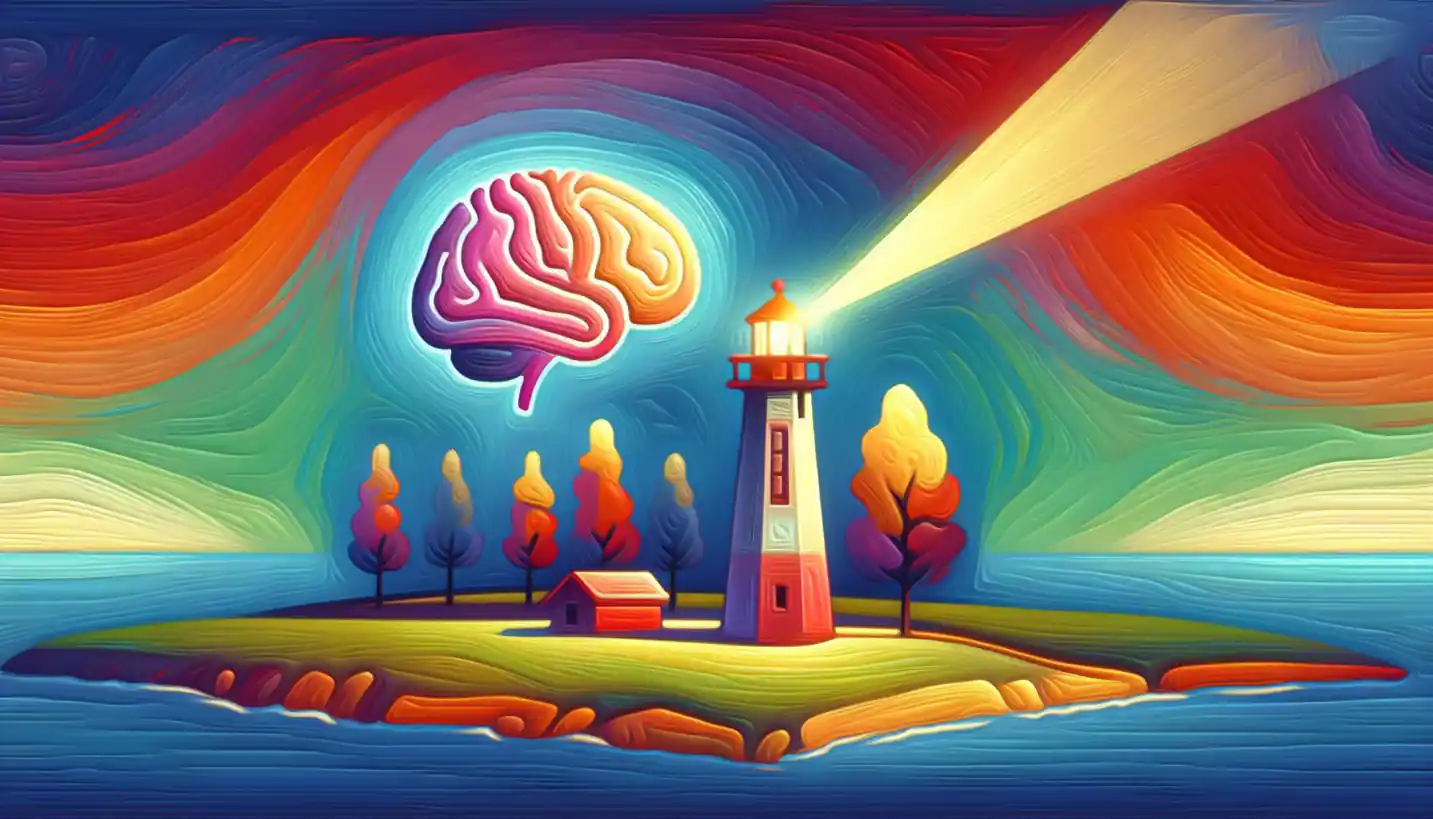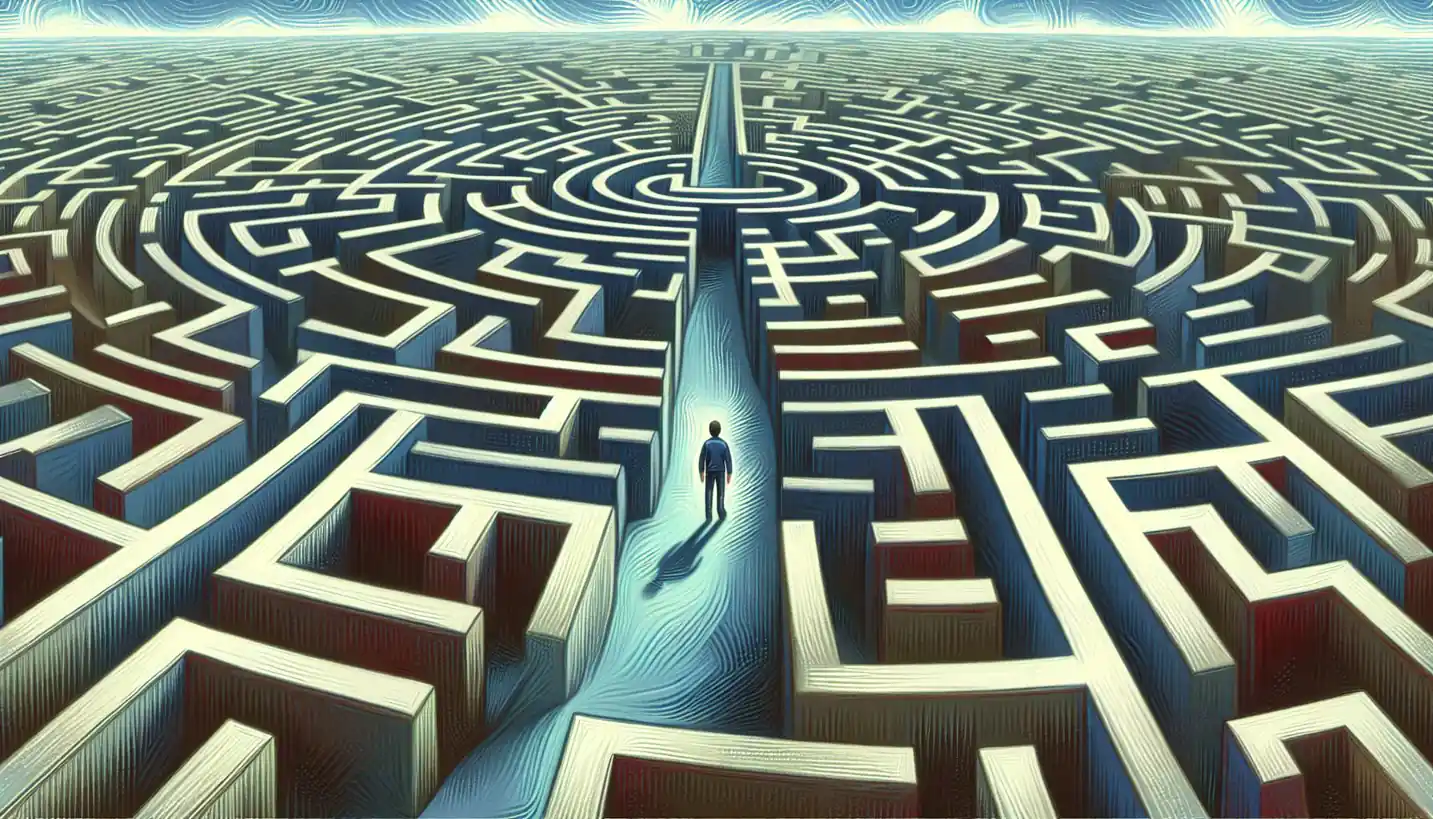· Psychology · 4 min read
User-Centered Design: A Friendly Guide to Human Factors Psychology
User-centered design is your friendly guide to creating products that resonate with human needs and preferences.

Let’s dive into something that you probably interact with every day without even realizing it—User-Centered Design (UCD). Ever wondered why some gadgets feel like they just get you and others make you want to throw them out the window? That’s UCD in action. It’s all about making things work for you, not the other way around.
What is User-Centered Design?
Okay, let’s break it down. UCD is a design process that focuses on the needs, wants, and limitations of the end-user of an interface or product. Think of it like tailoring a suit. Off-the-rack might fit okay, but when it’s custom-made for you, it’s perfect.
UCD is rooted in human factors psychology, a field that studies how humans interact with systems and products. It’s about making things intuitive and user-friendly. Imagine a world where you never have to read a manual because everything just makes sense—that’s the dream UCD strives for!
The Journey of UCD: From Paper to Practice
Picture this: a team of designers and psychologists working together to create something new. At the heart of their mission is you—the user. They start by asking simple questions: What do you like? What frustrates you? What do you need?
They gather information, often using interviews and surveys (remember those endless customer feedback forms?) and then they brainstorm ideas. This phase is like assembling puzzle pieces to reflect the ideal user experience.
Here’s the kicker—they don’t just guess what works. They create prototypes. These are early models of what they hope to offer, maybe a fancy app or a sleek new gadget. Then, they let real users, just like you, take them for a spin.
Your feedback shapes the final product. It’s a bit like cooking; tasting makes the difference, ensuring the final dish is just right. The philosophy is simple: design must revolve around you.
UCD in Everyday Life: Real-World Examples
Let’s talk about some real-life stuff. Ever notice how some apps are just easier to navigate? Like how your favorite social media app seems to anticipate exactly what you want to do next? That’s UCD at work.
Consider cars—the dashboard layouts, seat adjustments, and even the location of the cup holders are meticulously planned. Why? So that driving becomes a seamless experience.
And have you ever gone through a checkout process online and thought, “Wow, that was easy”? It’s no accident. E-commerce platforms are keen on removing any friction so that clicking “buy” is as smooth as possible.
Why is UCD Important?
So why is this such a big deal? Well, in the ever-evolving digital world, competition is fierce. Companies that ignore user needs risk becoming obsolete. After all, if users find your product confusing or frustrating, they’ll switch to one that isn’t.
UCD ensures products are not just usable, but a joy to use, fostering brand loyalty and satisfaction. Happy users mean more business, increased sales, and, importantly, a deep connection with the product.
The Science Behind UCD: Human Factors Psychology
Here’s where it gets a bit nerdy—but stick with me, it’s fascinating! Human factors psychology is all about understanding human capabilities, limitations, and preferences. Imagine designing an airplane cockpit. You’d want every control to be precisely where it’s most convenient for the pilot.
It’s about designing for real people with real needs. That means considering everything from physical ergonomics (how chairs should support your back) to cognitive load (how much information your brain can process at once).
So, when a design team is creating something new, they ask questions like: How do people think? How do their eyes move across a screen? What confuses them? The answers guide the design process to make better, friendlier products.
The Future of User-Centered Design
Here’s a thought: what if products could learn and adapt to your preferences over time? Personalized experiences aren’t just the future—they’re happening now. From smart homes that adjust lighting and temperature to apps that predict what you want to see next, UCD is evolving.
The future holds even more exciting prospects. Virtual reality and AI are changing the game, making user experiences more immersive and intuitive. Imagine a virtual fitting room where you can try on clothes without leaving your house. Pretty neat, right?
What’s Next for You and UCD?
So, what does this mean for you? Next time you use a product or app and think, “Wow, this feels just right,” you’re experiencing the fruits of UCD. It’s an exciting field, marrying psychology with design, and it’s only growing.
If you’re curious, you might even consider dipping a toe into this fascinating world. Who knows? One day you might be part of a team that changes how we interact with the world.
In the end, UCD is about making life more seamless and enjoyable. It’s a blend of science and art aimed at crafting experiences that are nothing short of delightful. So here’s to a world designed with you in mind!

